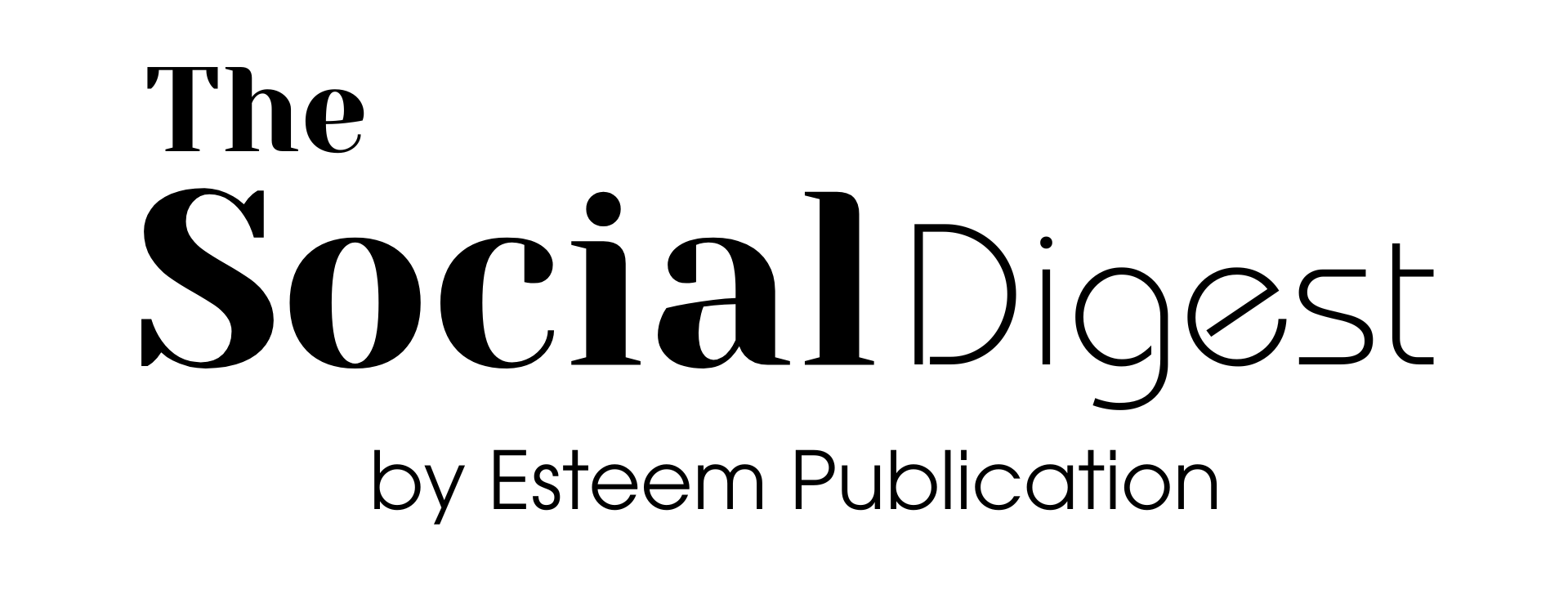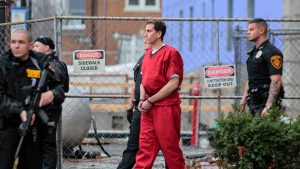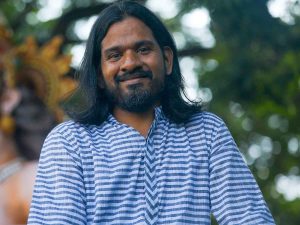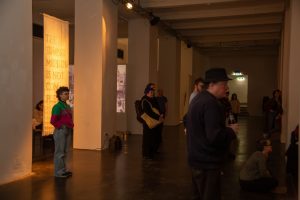A landmark peace deal signed in Washington last week is being touted as a breakthrough for one of Africa’s longest-running conflicts — but for many in the Democratic Republic of the Congo (DRC), scepticism runs deep. Brokered by the United States and supported by Qatar, the agreement commits the DRC and Rwanda to tackle the violence that has scarred eastern Congo for decades and displaced millions. The deal sets deadlines for joint security efforts and economic cooperation, but critics warn that without real accountability and grassroots involvement, it could simply recycle old failures.
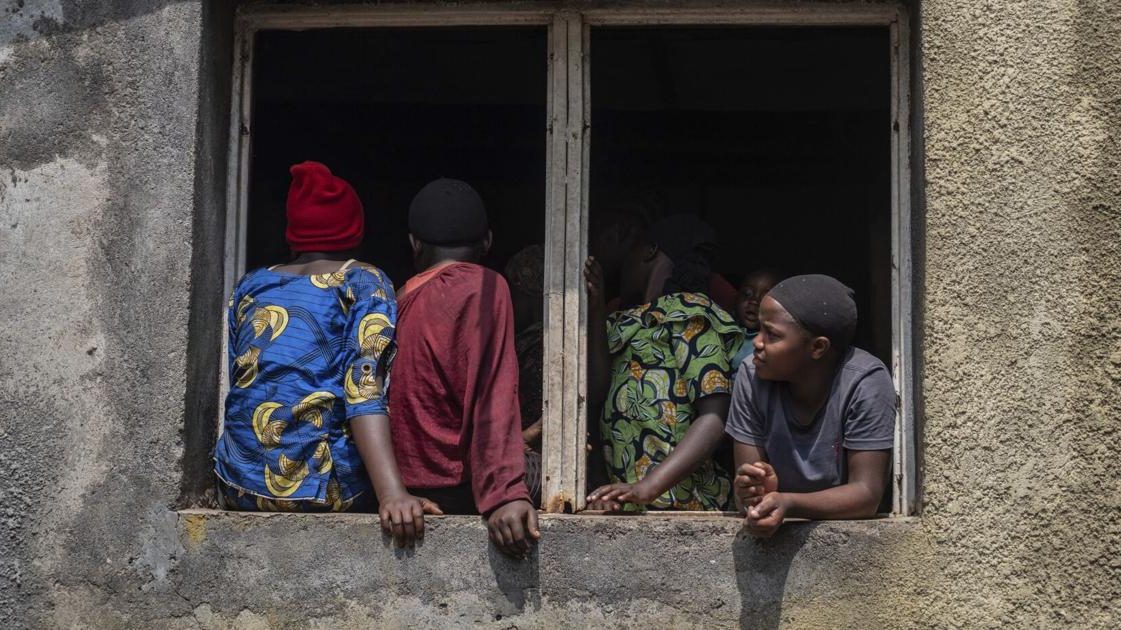
At the heart of the unrest is a toxic mix of armed groups, cross-border meddling and vast mineral wealth. Eastern DRC holds some of the world’s most sought-after resources — cobalt, tantalum, gold and lithium — crucial for tech giants racing to power electric cars and smartphones.
That wealth has fuelled brutal cycles of violence. The M23 rebel group, which re-emerged in 2022, now controls key cities in North and South Kivu. Rwanda has long been accused by the UN of backing M23 — claims Kigali denies — while using the threat of the FDLR, a militia linked to the 1994 Rwandan genocide, to justify cross-border operations.
The new US-brokered deal asks Kinshasa to dismantle the FDLR and, in return, Rwanda promises to lift its “defensive measures” inside Congolese territory. But conspicuously absent is M23 itself. Separate Qatar-led talks aim to address that group, but many fear its exclusion leaves a gaping hole. “This deal doesn’t touch M23, the biggest threat on the ground right now,” said Michael Odhiambo, a peace expert based in eastern DRC.
For the US, the deal is also about minerals. President Trump has hailed the agreement as proof of American diplomatic muscle — and hinted at a new partnership to secure critical resources for US companies competing with China. But to many Congolese, the promise of security in exchange for foreign mining rights feels like déjà vu. Nobel laureate Denis Mukwege called the deal a “scandalous surrender” that risks repeating colonial patterns of exploitation without real benefit for ordinary people. “This is the Berlin Conference 2.0,” warned analyst Kambale Musavuli, evoking the 19th-century carve-up of Africa by European powers.
The plan lays out ambitious goals: Within 30 days, Rwanda and DRC must launch a joint security body. Within 90, they are to design a regional economic framework. But experts say success depends on local realities — not just signatures in Washington.
Kinshasa has struggled for years to contain armed groups, and its military, the FARDC, is underfunded and often accused of abuses itself. Meanwhile, Rwanda’s role as an alleged sponsor of M23 means it could retain leverage whether or not it formally withdraws. “If the FDLR goes, Rwanda loses its main excuse for being inside Congo. But actually removing them is a huge challenge,” Odhiambo noted.
Perhaps the biggest flaw is that ordinary Congolese were left out of the talks. Grassroots leaders say they’ve seen flashy deals before — none brought lasting peace. “This deal ignores victims,” said Vava Tampa, founder of Save the Congo. “It denies justice and fuels impunity. Without accountability, there is no peace.”
Even those cautiously hopeful, like the Atlantic Council’s Alexandria Maloney, warn that fragile governance and lack of local buy-in could doom the process. “Extracting minerals without building roads, schools or trust will backfire,” she said.
For now, life in eastern DRC goes on as usual: rebel checkpoints on mining roads, aid cutbacks leaving camps without clean water, and families wondering if a deal signed thousands of kilometres away will change anything on the ground. “The world only remembers Congo when it wants its resources,” said Odhiambo. “We will see if this time is any different.”
